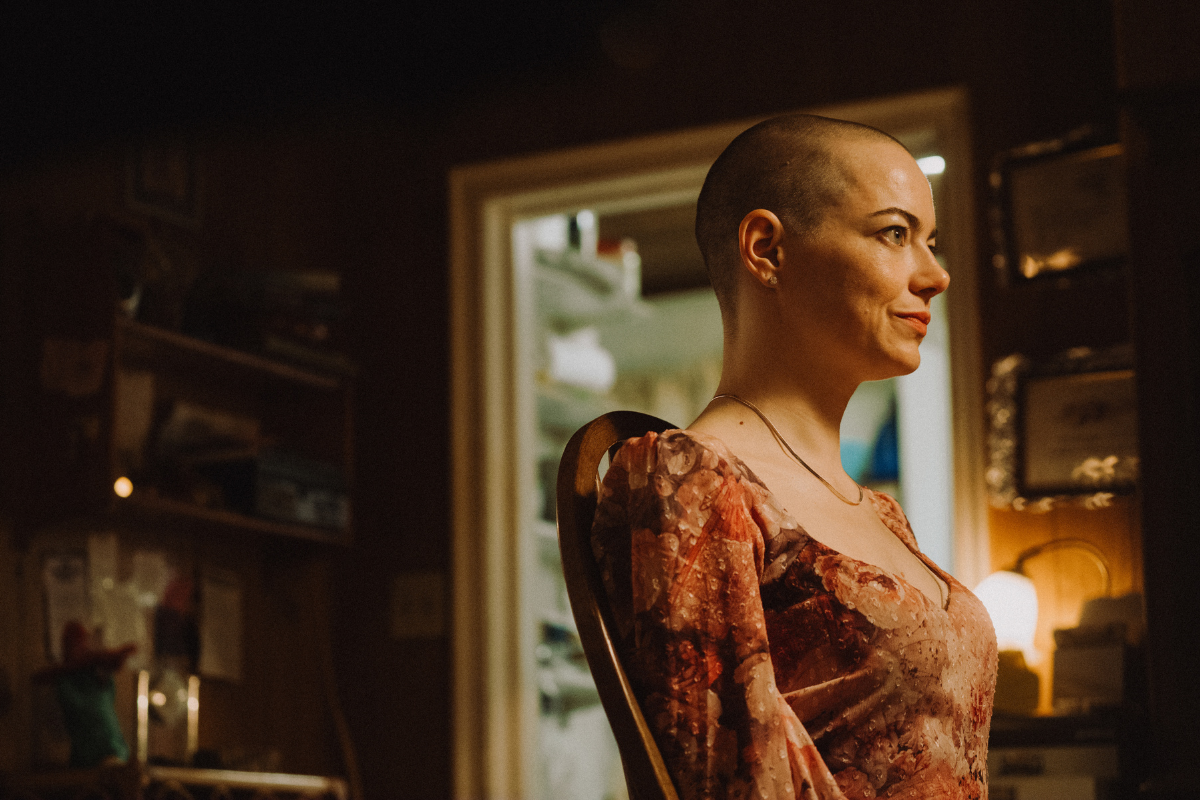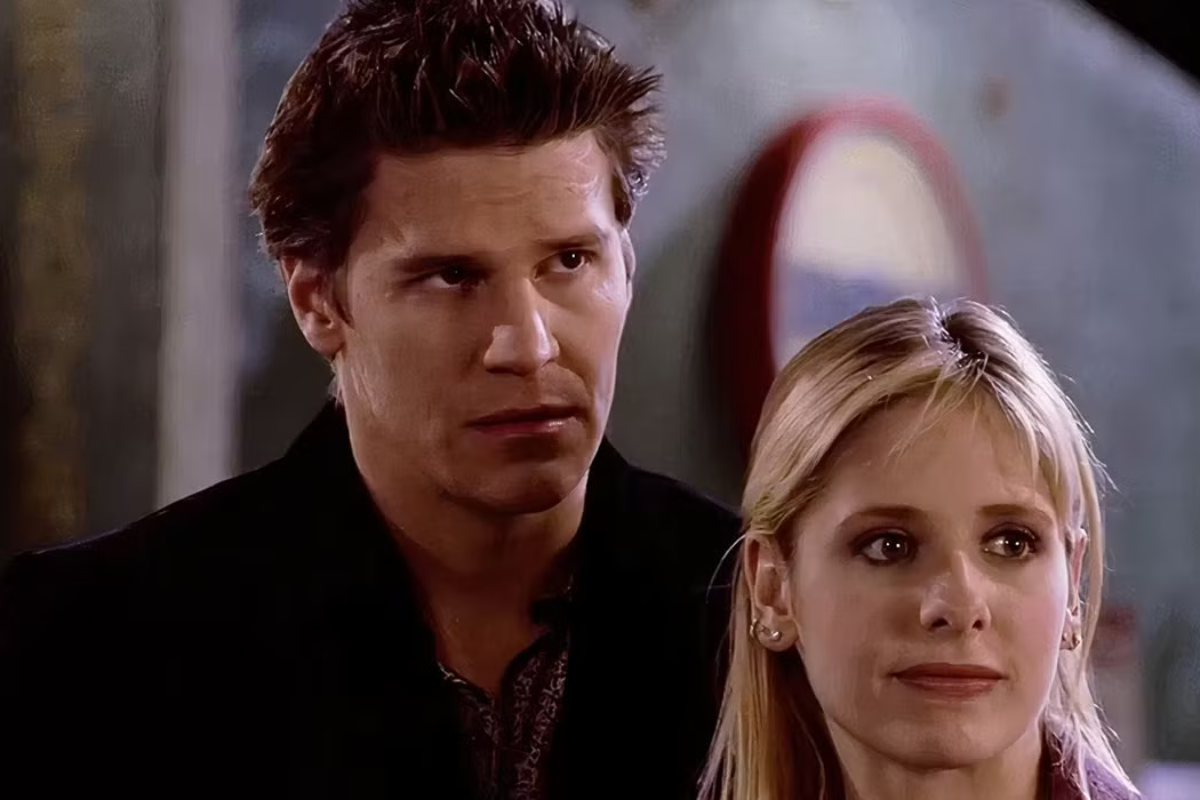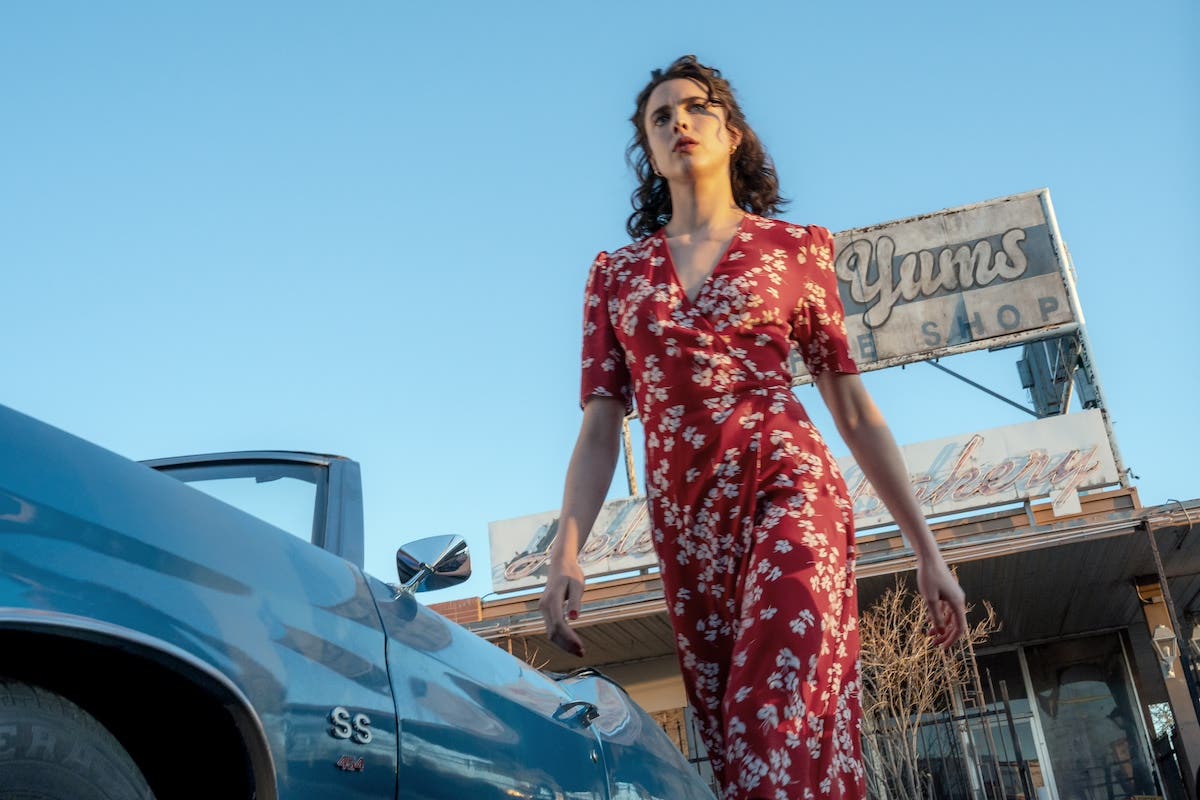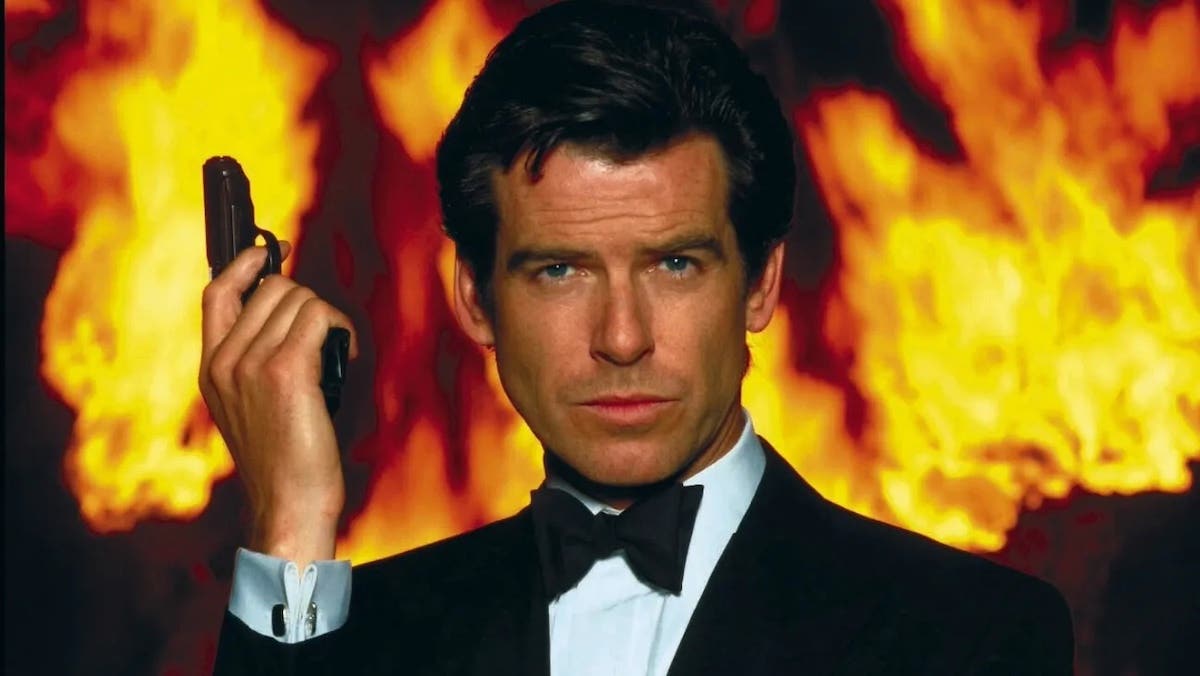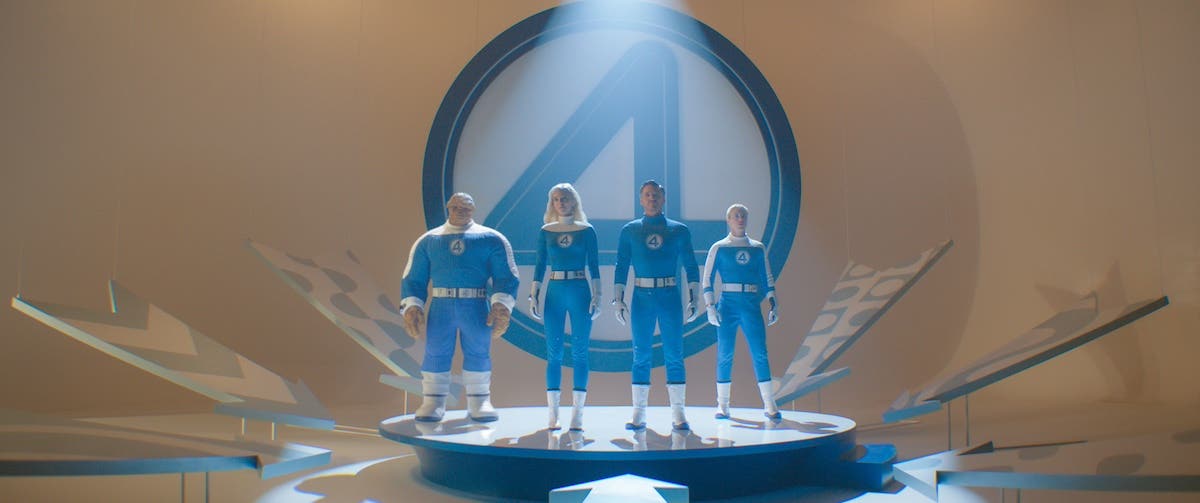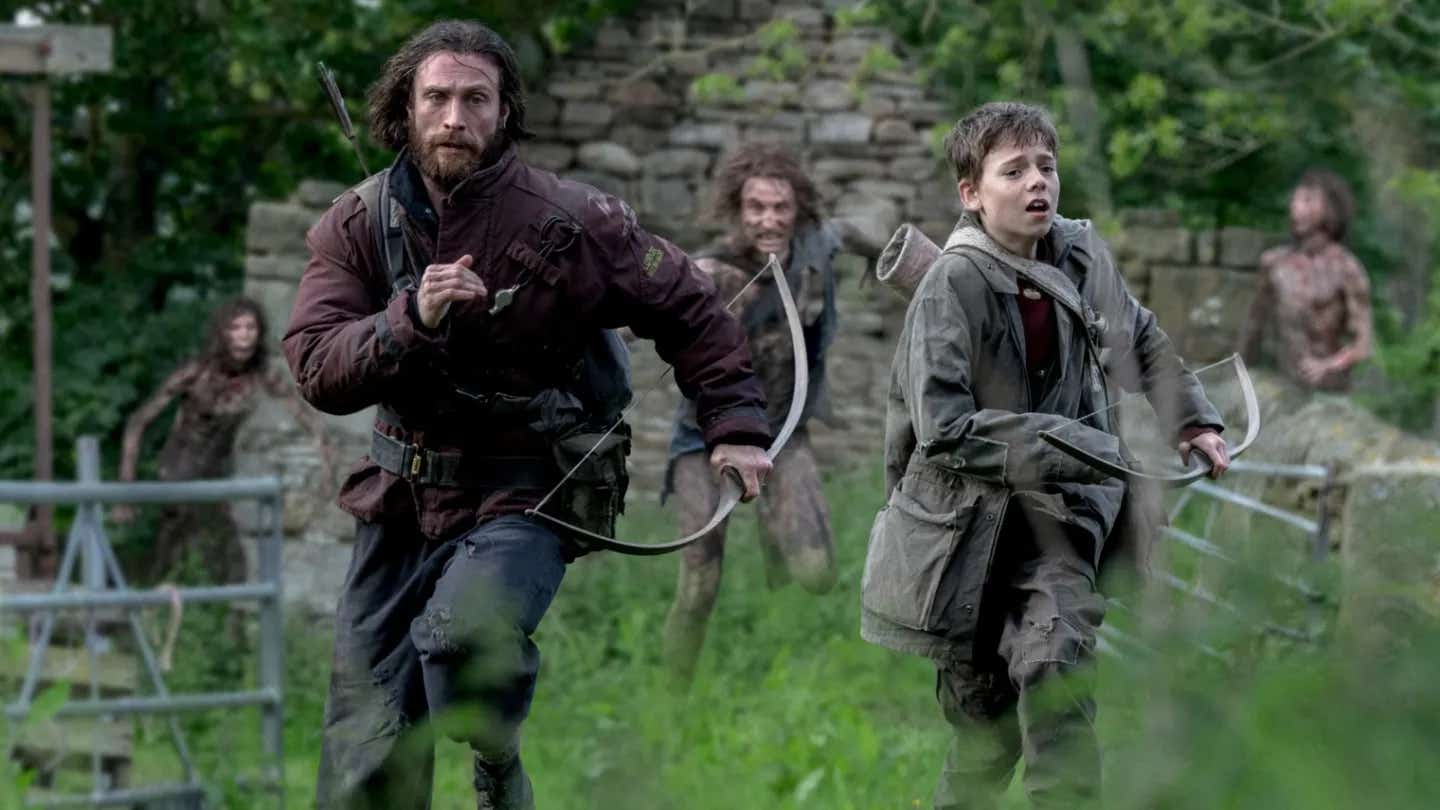The Shows That Shaped Us: Structure & Style in ‘Star Trek: Voyager’
How the fifth series in the “Star Trek” universe set a course for breaking the sci-fi mold.
My second home growing up was on the Enterprise.
Or at least I wished it so on a weekly basis, following its crew under the command of Jean-Luc Picard as it boldly went where no one had gone before—yet now I’ll be boldly going where so many writers have gone before: Deep into the Lower Decks (see what I did there?!) of one of television’s most iconic franchises. Perhaps a reason not to write yet another piece on something held so dear by so many fans; but with Voyager celebrating the 30th anniversary of its debut this year, its hard to ignore such a poignant call from the past.
First came Kirk, Picard, and Sisko
So let’s start waaay back, when Lucille Ball (of I Love Lucy) was a star. Why? Because you may not know, but she was the one who went to bat for Star Trek the original series with the studio and not only that, her Desilu Productions produced Gene Roddenberry’s visionary show. Isn’t it a mind-twist to think it was a woman who made it possible for one of science fiction’s most iconic universes to grace our screens? Lucy, you definitely have some explaining to do…
As audiences do, they lost interest after awhile, and the original Star Trek (animated) revival flagged until that other galaxy far, far away became popular in 1977, and finally, interest in outer space was piqued again, allowing Star Trek: The Motion Picture to finally hit the silver screen in 1979. But it wasn’t until 1987 that Star Trek would return to the small screen with Star Trek: The Next Generation. Roddenberry (and Paramount)’s blend of sci-fi, action, romance, and as always, that intrinsic cultural commentary that points towards inclusivity and compassion. You see, everyone was welcome on the Enterprise. The ship seemed like this glorious, giant found family adventuring through space—at least to this only child in a small town that didn’t get its first Starbucks until long after I’d left for college.
Then when Deep Space Nine debuted five years later, I happily boarded that space station and got to know its crew, as well. A stationary destination amongst the stars, it offered a more gritty view of the Federation and Alpha Quadrant. Appealing to an audience who, growing up alongside the evolution of Star Treks, perhaps found the lacking idealism to be more relatable. Everything wasn’t always perfect: and that’s okay.
WhileTNG going straight to syndication broke the TV broadcast mold, DS9 was really the beginning of bingeable TV in a sense, as a serial. This structure allowed the writers to explore more character depth, rather than the depths of space with different aliens. While obviously they still featured heavily, it was really the characters’ inner journeys we were following. DS9 was further differentiated by Avery Brooks, who played the central character Benjamin Sisko—Starfleet’s first captain of color on television.
DS9 to Star Trek: The Next Generation, and STNG to the original series—not to mention all of the iterations that have come since: the 13 films, 9 shows, and companion series. it’s a veritable masterclass in how to make hits that are same-same but different. We have a given set of rules: The Federation, in which all of these different stories operate within, with similar objectives, and a crew of characters to settle in with who are our audience surrogate so that we feel comfortable in all of these very different uncomfortable alien situations.
Then came Janeway
That’s Kathryn Janeway, captain of the USS Voyager. A female captain; the first in the franchise. So while Enterprise had gone where no *man* had gone before, Voyager took that exploratory concept that we knew and turned it into a new mission: getting home to the Alpha Quadrant after being stranded in the Delta Quadrant on the opposite side of the galaxy. Still with me? Apt this crew would have a woman, Captain Janeway (played by Kate Mulgrew) to lead them. To quote Ian Grey: "On Voyager, female authority was assumed and unquestioned; women conveyed sexual power without shame and anger without guilt. Even more so than Buffy, which debuted two years later, it was the most feminist show in American TV history.” (Or so was the case when he wrote "Now, "Voyager": in praise of the Trekkiest "Trek" of all" back in 2013.
Created by Rick German and Jeri Taylor, who were both part of STNG, along with Michael Pillar, Star Trek: Voyager boasts seven seasons and 172 episodes—despite its “unpopular little sister” vibes. Yet its mixed reviews from Trekkies isn’t Voyager’s fault: with multiple show runners and a rotating shift of new ones in the captain’s chair, it was difficult to chart a steady story course. And still, in 2017, Netflix released data that of the top 10 most revisited Star Trek episodes—six of those belonged to Voyager.
One thing Voyager did undoubtedly well was Jerry Goldsmith’s main theme for which he won an Emmy award for Outstanding Individual Achievement in Main Title Theme Music. It was a wondrous and orchestrally epic piece. Perfect to lead into Voyager’s weekly adventures that were beamed into our living rooms and hearts. Because yeah, thirty years ago, chances are we were still watching our shows sedentary on the couch, not on our phones during the daily train commute. The music for Voyager, and all the Star Treks, really, set the tone for what we were about to experience, giving the viewing experience an “event” quality. Like going to the movies, except we didn’t have to leave home. Proof that television; good television, is the result of all the departments working cohesively to set tone, characterize, and steal us away into other galaxies.
What I particularly loved, aside from Janeway, Torres (Roxann Dawson), and Seven of Nine (Jeri Ryan) making it okay for girls to have a meaningful place in science fiction, was that Voyager celebrated the courage to really “be who you are”, as Mulgrew put it for The Center Seat: 55 Years of Star Trek.
Continuing to boldly go
In that way, all the Star Treks share a few universal themes by tapping into our endless curiosity (space! aliens!) and expertly ground them in humanity’s most base emotions and experiences: love, death, cultural divide, gender, and politics. Each version reflected the needs of the times it aired in, becoming more complex (and FX-impressive) as the decades have passed. Now, the franchise has its own convention, and a themed cruise! And with no end in sight for the new series’ and possibility of more on the horizon, in the words of Janeway when it’s time to hit warp speed and boldly go: “Do it.”
Seeing her first big-screen movie 007: License to Kill at the age of six explains everything. Karin operates on the notion that we are, in fact, living in a galaxy far, far away and everyone deserves a Happily Ever After; writing scripts to support her theory that have landed her multiple Screencraft & Stage 32 finalist spots, an Austin Film Festival 2nd Rounder, and a Final Draft Big Break Top 3. This Copywriter by day is also a screenplay analyst and editing consultant, but her favorite cape to wear is that of Mom to her two children and feisty dog Loki.


